All about Fortuna broccoli

"Fortuna" is one of the most unpretentious and productive varieties of broccoli cabbage, suitable for growing in regions with a cool climate. Among gardeners, this variety has gained popularity not only for its endurance and cold resistance, but also for its ability to bear fruit abundantly and for a long time, until the onset of autumn frosts. In the article we will consider other characteristics of Fortuna broccoli, the nuances of its planting, growing and care.
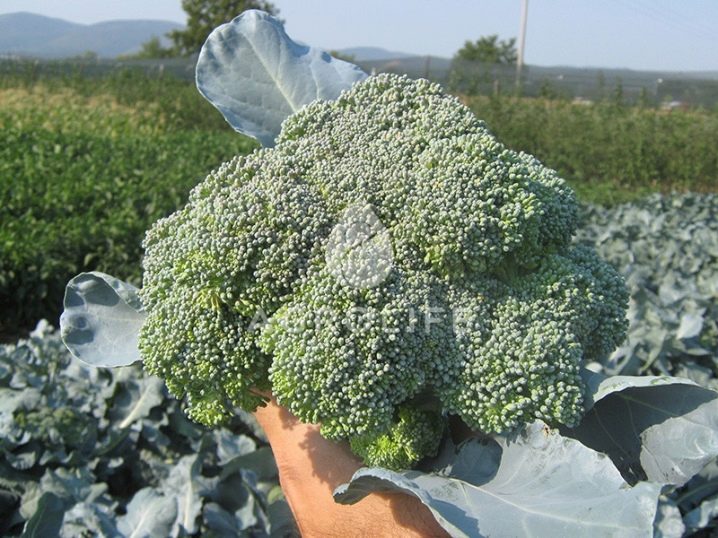
general description
"Fortuna" refers to varieties with medium ripening times. The time interval from the moment the shoots emerge to the ripening of the heads in this variety is on average 2.5-3.5 months (the timing depends on climatic and weather conditions, as well as on the quality of plant care). The variety is frost-hardy and can withstand temperatures as low as –7 ... 10 ° C. Resistant to temperature fluctuations, sudden changes in weather conditions.

The average height of an adult plant varies between 30-60 centimeters. The leaves are gray-green with a blue tint and a light waxy coating, fleshy, united in a loose rosette that rises above the ground. The leaf petioles are long, dense, curved and directed upward, with a pale green color.
The forming head (inflorescence) is rounded, slightly flattened on top, moderately dense and strong in structure. The average weight of a mature central head is about 350 grams. After cutting off the central head, the broccoli bush of the described variety begins to actively form peripheral (lateral) inflorescences.

Broccoli variety "Fortuna" is characterized by increased resistance to various insect pests and pathogens that affect many members of the cruciferous family. The increased cold resistance allows growing broccoli of this variety from spring to autumn (taking into account the maturation of the heads and the climatic conditions of the region).
Ripe heads have a juicy and delicate texture and good taste. They easily tolerate transportation and short-term storage.
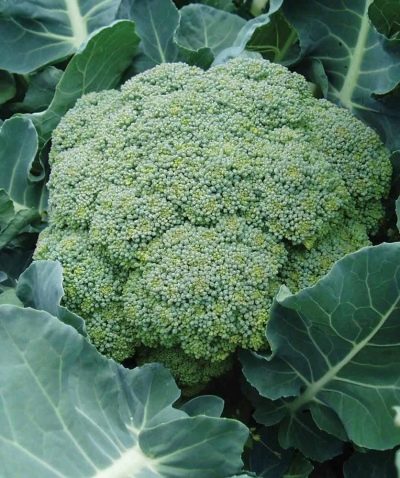
And also gardeners note the versatility of their purpose in home cooking (freezing, frying, cooking, steaming).
Landing
Broccoli "Fortuna", as well as other varieties, are grown both by seedlings and by sowing seeds in open ground. At the same time, experienced gardeners consider the seedling method to be the most productive, since it allows one to assess the potential of seeds and young plants in advance.
Sowing seeds for seedlings (in containers or pots) is carried out from the beginning of March, in open ground - from the beginning of May. The seeds are sown in holes or grooves to a depth of no more than 1.5 cm, after which they are lightly sprinkled with earth and spilled abundantly. The containers with crops are covered with foil, the beds in the open field are covered with agrofibre.

After the emergence of seedlings in containers or on the garden bed, the shelter is removed (in the latter case, they wait until the threat of return frosts has passed). When planting seedlings in a permanent place, use the scheme - 30-40 centimeters between plants and 50 centimeters between rows.
It is important to take into account that planting seedlings and sowing seeds of broccoli "Fortuna" is strongly discouraged in places where other representatives of the cruciferous family were previously grown - other types of cabbage, radish, turnip.
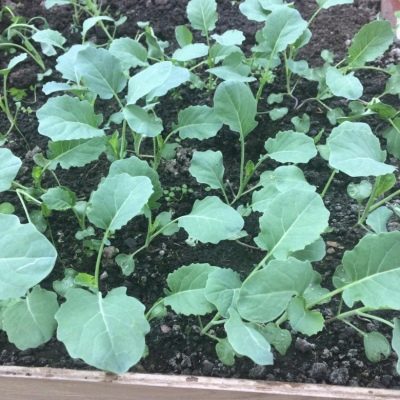
Care
Despite the fact that the Fortuna broccoli variety is one of the most unpretentious of its kind, this crop still requires regular maintenance.The main activities in growing broccoli are watering and periodic feeding.
Broccoli "Fortuna" should be watered regularly (1-2 times a week) and quite abundantly. Water consumption per 1 sq. meter planting should be at least 10 liters. In rainy or cloudy weather, the amount and amount of irrigation is limited. It is recommended to water the plantings in the morning or evening hours. It is strictly not allowed to irrigate at midday in the bright sun.

It is advisable to irrigate with settled, cold water. The experience of many gardeners shows that watering broccoli with cold water from a well or well can cause the development of root rot.
During the period of active growth of green mass and at the stage of formation of the central head, plants need fertilizing containing nitrogen. At this time, gardeners feed the plantings mainly with ready-made complex fertilizers, such as Agricola, Fertika Kristalon, Fertika Vegetable. In the absence of complex fertilizers, broccoli can be fed with natural organic matter - a solution of rotted manure or herbal infusions ("green fertilizer").
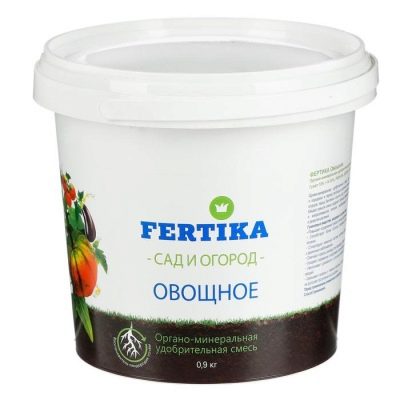
On dry, very sunny and hot days, broccoli planting should be shaded. This will help protect your plants from dehydration and sunburn.
After the broccoli's central head is fully formed, it must be cut off. Delay in this case can lead to the flowering of the culture. After removing the central head, additional lateral ovaries will soon begin to form on the plant.
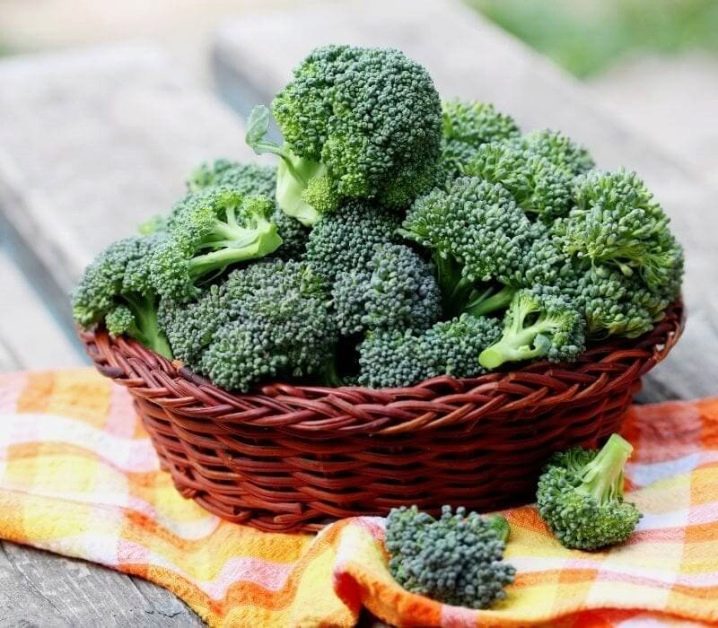













The comment was sent successfully.